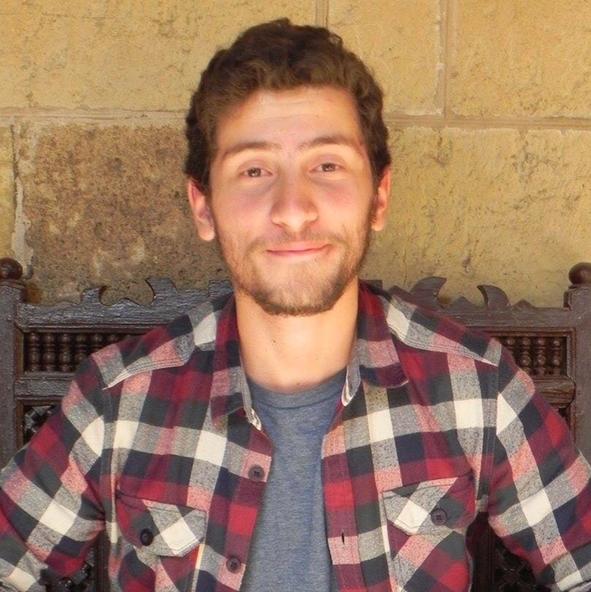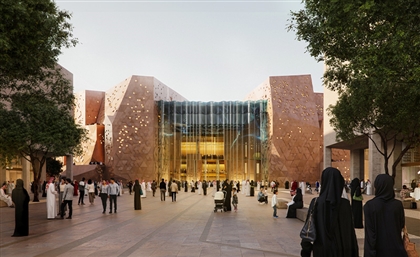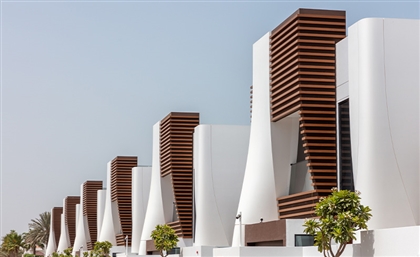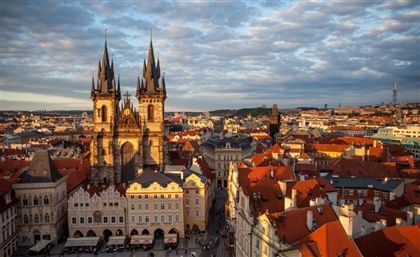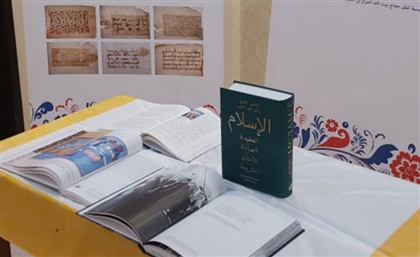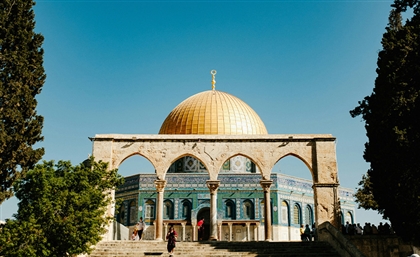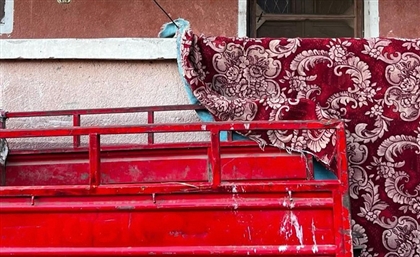Khaled Zaki’s Wooden Wave Takes Centre Stage at This Year’s Nomad
Within the renovated historical interiors of Chesa Planta Museum in St. Moritz, Switzerland, Egyptian visual artist Khaled Zaki showcased ‘The Wave’, a swerving piece of functional art.
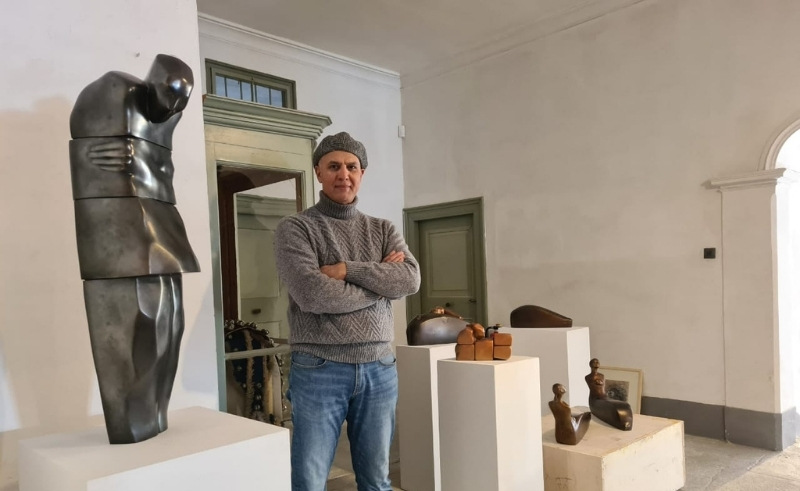
Within the renovated historical interiors of Chesa Planta Museum in St. Moritz, Switzerland, Egyptian visual artist Khaled Zaki showcased ‘The Wave’, a swerving piece of functional art that occupied the main space of this year’s Nomad, a travelling showcase of contemporary art that offers an alternative to large-scale design fairs within a classic family mansion built in 1595.
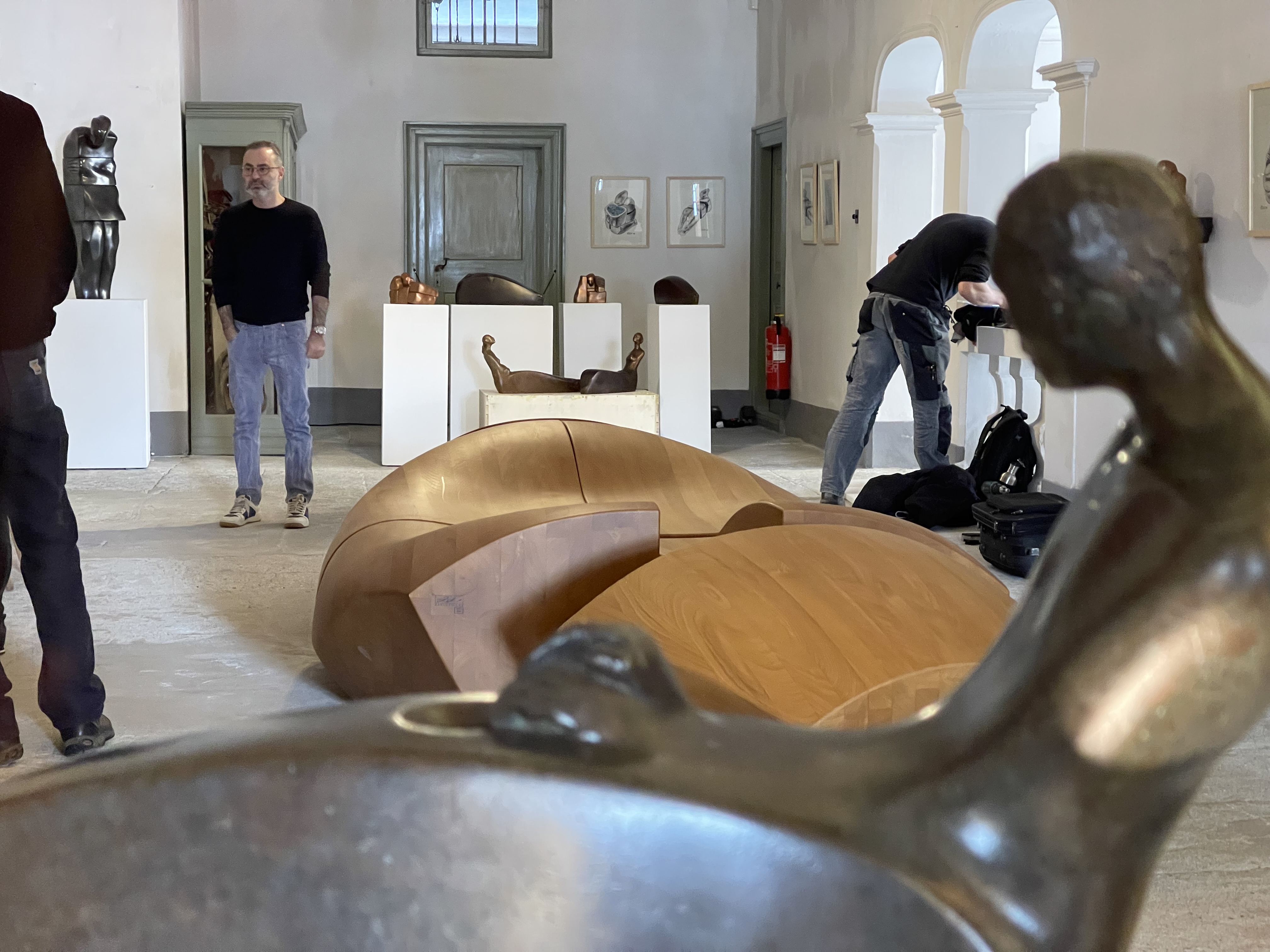 The Wave made its way there through a collaborative effort between Le Lab, the experimental atelier founded by Rasheed Kamal, who previously debuted the piece of sofa-art at Dubai Design Week, and Ubuntu Gallery who brought more of the artist’s artworks from Egypt.
The Wave made its way there through a collaborative effort between Le Lab, the experimental atelier founded by Rasheed Kamal, who previously debuted the piece of sofa-art at Dubai Design Week, and Ubuntu Gallery who brought more of the artist’s artworks from Egypt.
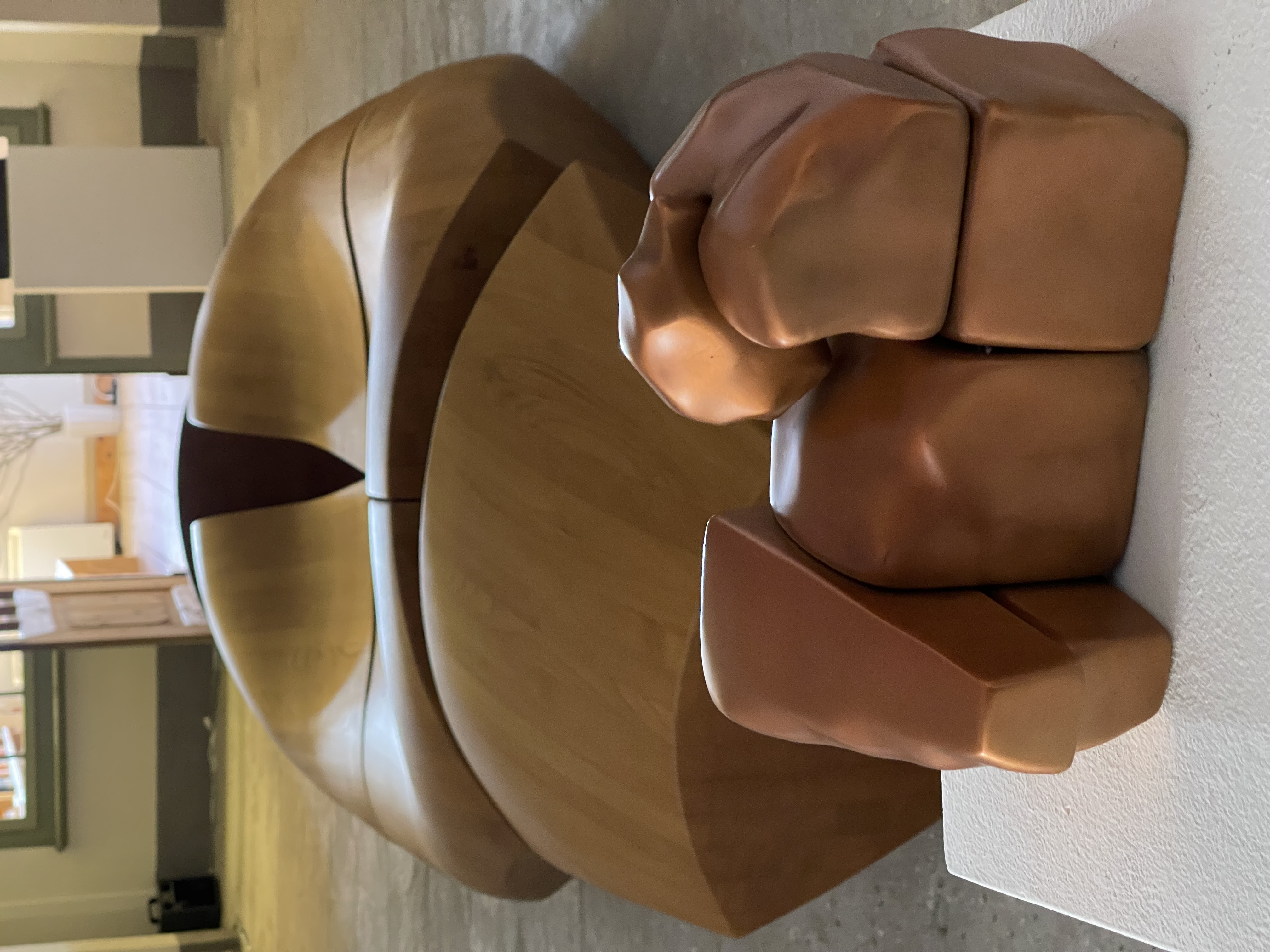 “It is a continuation of the concepts behind the Sarcophagus and Resurrection series,” Zaki tells #SceneHome of the inspiration behind ‘The Wave’, which took 120 days to produce out of Italian cypress wood. “Its form smoothly portrays the outlines of the Ancient Egyptian Sarcophagus pieces. And, similar to the Resurrection pieces, it consists of six moveable parts which can be arranged to suit various users and spaces.”
“It is a continuation of the concepts behind the Sarcophagus and Resurrection series,” Zaki tells #SceneHome of the inspiration behind ‘The Wave’, which took 120 days to produce out of Italian cypress wood. “Its form smoothly portrays the outlines of the Ancient Egyptian Sarcophagus pieces. And, similar to the Resurrection pieces, it consists of six moveable parts which can be arranged to suit various users and spaces.”
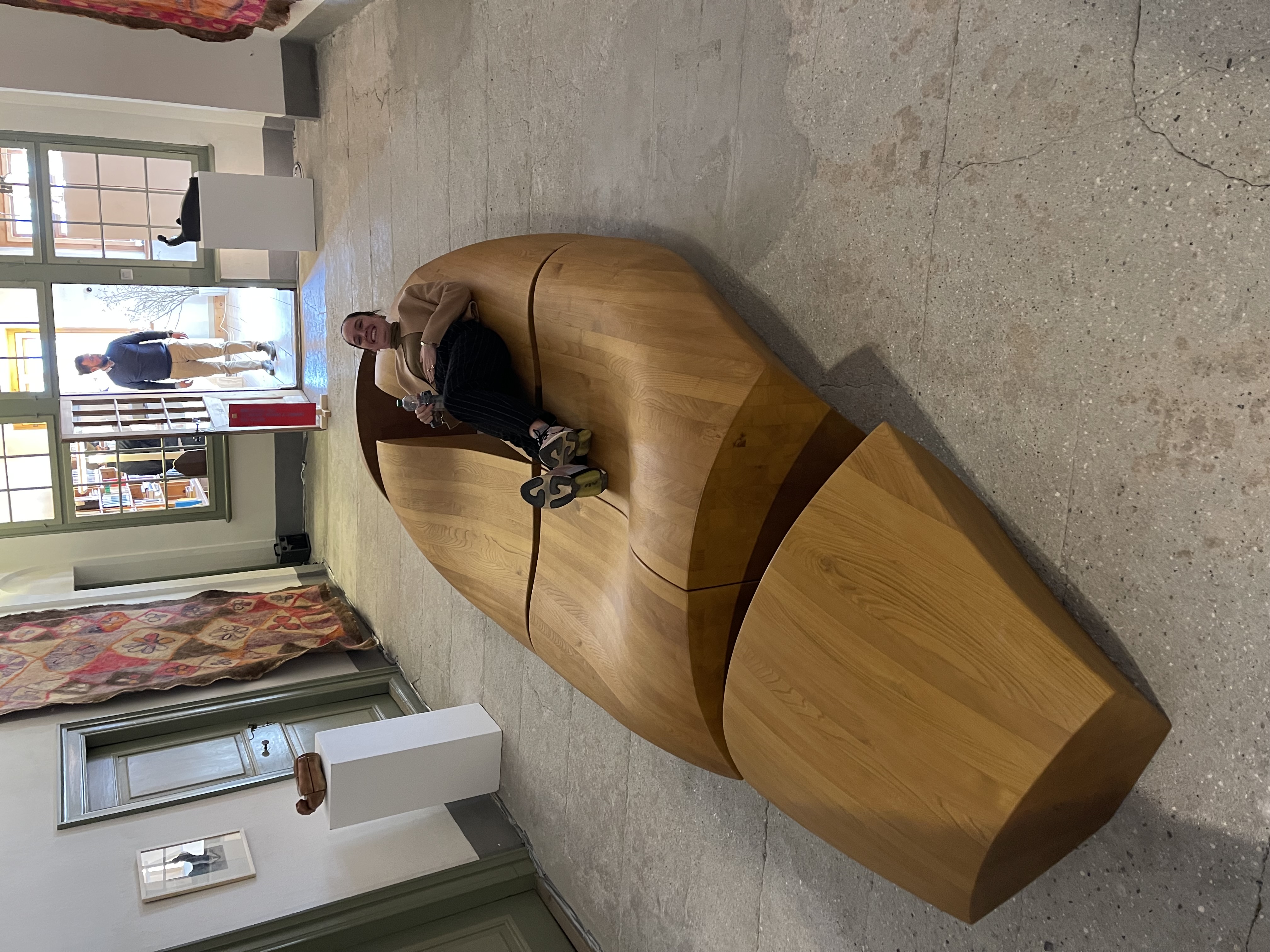 Sitting there in the middle of the space, visitors and observers were drawn to its form. Youngsters kneeled against its curvatures and explored its topography through odd positions – such is the experimental manner of young humans. Others, mainly grown-ups, opted to take a nap – which is also unsurprising in this age group – facilitated by its ergonomic twists as its material provided comfort and a welcoming touch.
Sitting there in the middle of the space, visitors and observers were drawn to its form. Youngsters kneeled against its curvatures and explored its topography through odd positions – such is the experimental manner of young humans. Others, mainly grown-ups, opted to take a nap – which is also unsurprising in this age group – facilitated by its ergonomic twists as its material provided comfort and a welcoming touch.
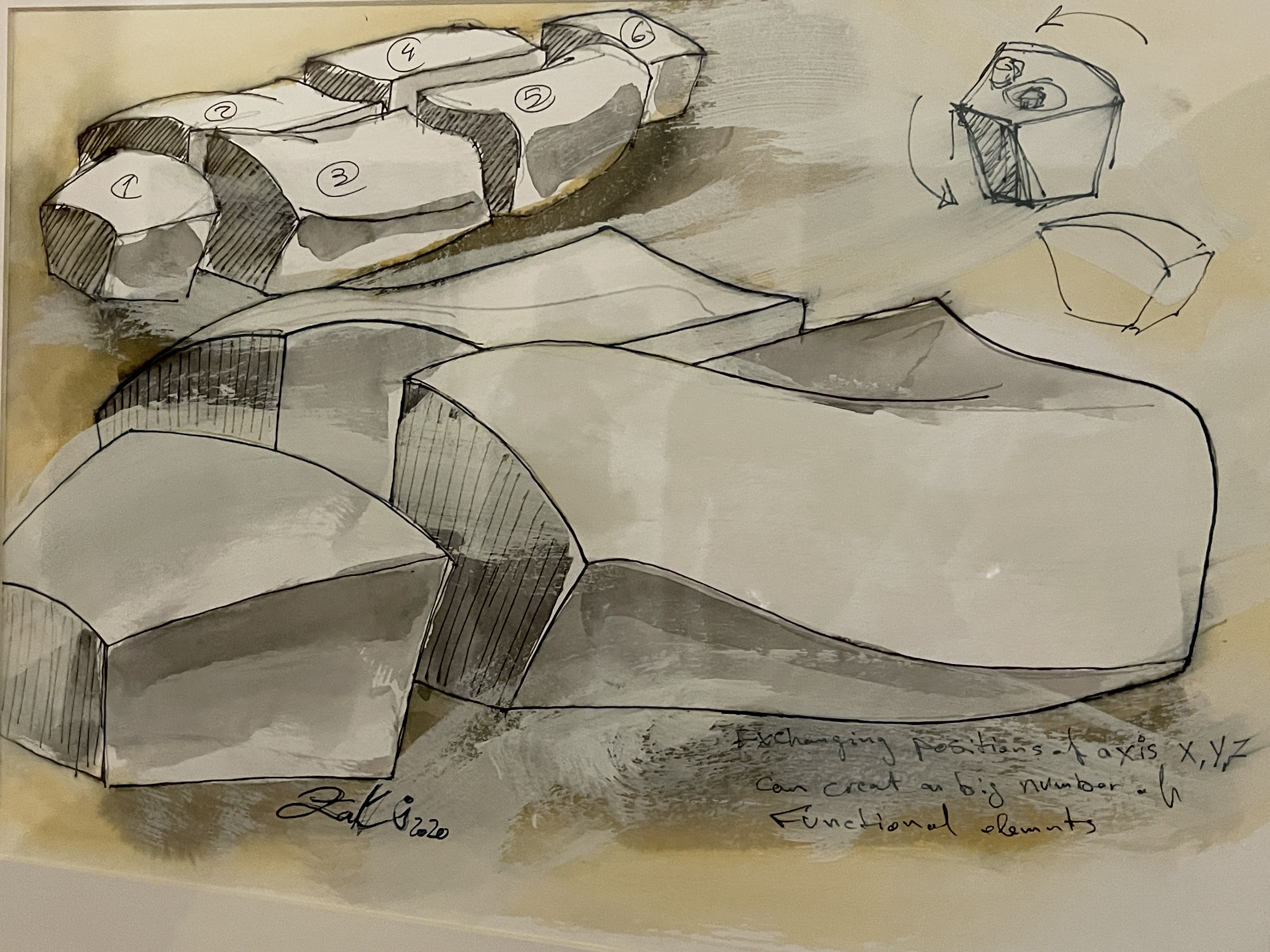 “People were surprised by the design, the pedigree of thought behind it and the quality of its execution,” Zaki says, as his sculpting brilliance proudly represented Egypt abroad. “That was the impression on the ground.” Zaki also displayed sculptures from his related collections, and sketches that showed how the concept was born out of research and a strive for the purity of minimal forms.
“People were surprised by the design, the pedigree of thought behind it and the quality of its execution,” Zaki says, as his sculpting brilliance proudly represented Egypt abroad. “That was the impression on the ground.” Zaki also displayed sculptures from his related collections, and sketches that showed how the concept was born out of research and a strive for the purity of minimal forms.
- Previous Article Dr.Sisilove or How (Not) To Diffuse A Bomb
- Next Article First-of-its-Kind Train Service to Debut on Cairo-Aswan Line



